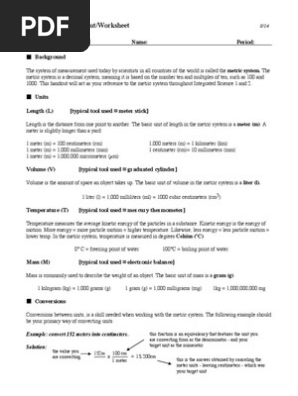50% found this document useful (2 votes)
799 views4 pagesDosage Calculations for Healthcare
This document provides information on calculating drug dosages, including converting between metric and household measurements for solids and liquids. It also gives formulas for determining dosages for oral medications, parenteral drugs, IV fluids, and dosages for children using Clark's rule, Young's rule, and Fried's rule based on their age, weight, and average adult dose. Sample calculations are shown for determining the dosage of various drugs like tranexamic acid, paracetamol, ampicillin, and diphenhydramine for both adults and children.
Uploaded by
Mac Cristian A. CaraganCopyright
© © All Rights Reserved
We take content rights seriously. If you suspect this is your content, claim it here.
Available Formats
Download as DOCX, PDF, TXT or read online on Scribd
50% found this document useful (2 votes)
799 views4 pagesDosage Calculations for Healthcare
This document provides information on calculating drug dosages, including converting between metric and household measurements for solids and liquids. It also gives formulas for determining dosages for oral medications, parenteral drugs, IV fluids, and dosages for children using Clark's rule, Young's rule, and Fried's rule based on their age, weight, and average adult dose. Sample calculations are shown for determining the dosage of various drugs like tranexamic acid, paracetamol, ampicillin, and diphenhydramine for both adults and children.
Uploaded by
Mac Cristian A. CaraganCopyright
© © All Rights Reserved
We take content rights seriously. If you suspect this is your content, claim it here.
Available Formats
Download as DOCX, PDF, TXT or read online on Scribd
/ 4
















































































































